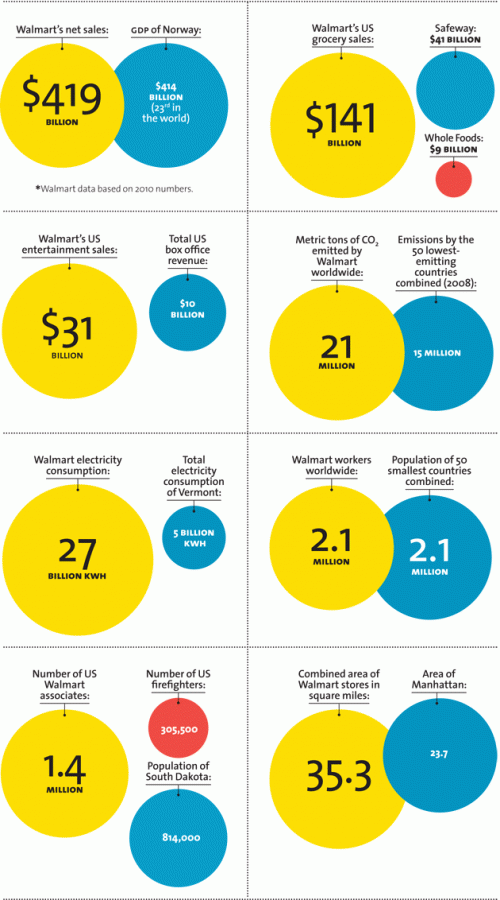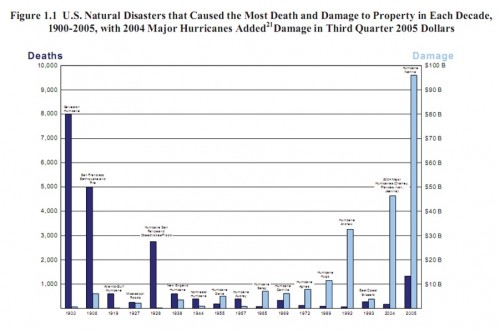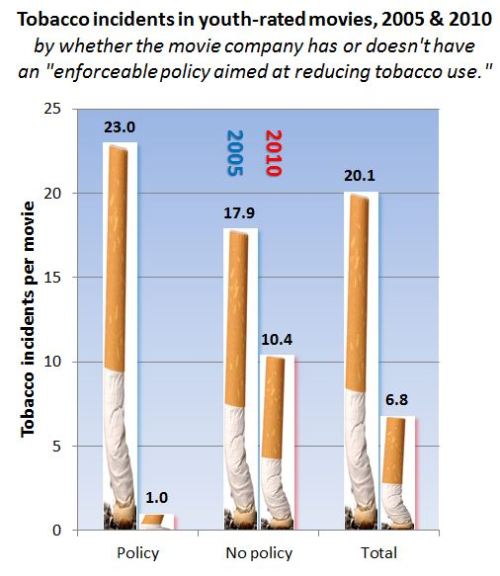 In this three-minute clip, sociologist Shelley Correll discusses her research on the “motherhood penalty.” The phrase refers to the finding that being a mom specifically, not just being female or being a parent, leads to lower income. Scholars have begun to realize just how significant this is. As Correll explains, the pay gap between women with and without children is larger than that between women and men:
In this three-minute clip, sociologist Shelley Correll discusses her research on the “motherhood penalty.” The phrase refers to the finding that being a mom specifically, not just being female or being a parent, leads to lower income. Scholars have begun to realize just how significant this is. As Correll explains, the pay gap between women with and without children is larger than that between women and men:
For more, see the full text of Correll’s paper titled “Getting a Job: Is There a Motherhood Penalty.”
Lisa Wade, PhD is an Associate Professor at Tulane University. She is the author of American Hookup, a book about college sexual culture; a textbook about gender; and a forthcoming introductory text: Terrible Magnificent Sociology. You can follow her on Twitter and Instagram.














